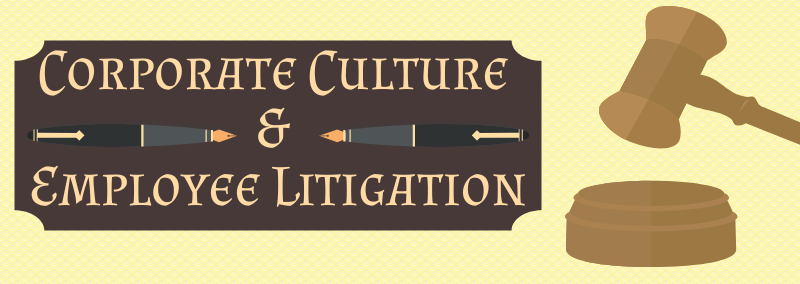The Role of Mental Health in Corporate Culture
The ubiquity of smart technology and information technology has made work-life balance more attainable than ever in the United States workforce. Telecommuting has made it possible for single parents to work while also caring for their children, and for single individuals to pursue personal passions while maintaining a sustainable living. However, this blurring of the […]
Corporate Culture & Employee Litigation

Corporate Culture Audit: What to Expect During an Audit
Pervasive internal issues are the malignancies that contribute to the decline of any corporation. While they come in many shapes and iterations, issues like communication, employee engagement, and employee relations can quickly derail a corporation’s mission. That’s why corporations across the country are electing to undergo corporate culture audits in order to get a full […]